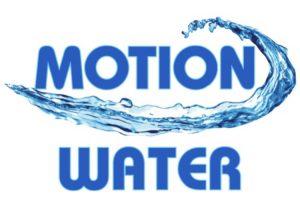What’s In Your Water

WATER CONDITIONS: COMMON WATERBORNE CONTAMINANTS
It’s bad enough to be able to see, smell, or taste a contaminant. But what if your water looks, smells, and tastes just fine — is it? Not necessarily.
Microbial and organic contaminants cannot always be detected by human senses. You might go years before realizing a problem exists. Many folks never become suspicious until people in the community start to get sick. Water near agricultural areas may contain harmful organic material from pesticide or fertilizer application. Chemicals from pesticides and fertilizers in water may increase cancer risk and reproductive problems, and can impair eye, liver, kidney, and other body functions. Similar problems can result from exposure to water near industrial plants.
Some common waterborne contaminants include:
- Aluminum
- Ammonia
- Arsenic
- Barium
- Cadmium
- Chloramine
- Chromium
- Copper
- Fluoride
- Bacteria & Viruses
- Lead
- Nitrates/Nitrites
- Mercury
- Perchlorate
- Radium
- Selenium
- Silver
- Uranium
Even if you cannot see, taste or smell the contaminants, there are resources available to help you detect and treat the issues. Find a laboratory and/or a local water professional to help you perform a water analysis.
EFFECTS OF WATERBORNE CONTAMINANTS ON HEALTH
The U.S. EPA has set standards for more than 80 contaminants that may occur in drinking water and pose a risk to human health. The contaminants fall into two groups according to the health effects that they cause.
Acute effects occur within hours or days of the time that a person consumes a contaminant. People can suffer acute health effects from almost any contaminant if they are exposed to extraordinarily high levels (as in the case of a spill). In drinking water, microbes, such as bacteria and viruses, are the contaminants with the greatest chance of reaching levels high enough to cause acute health effects.
Most people’s bodies can fight off these microbial contaminants the way they fight off germs, and these acute contaminants typically don’t have permanent effects. Nonetheless, when high enough levels occur, they can make people ill, and can be dangerous or deadly for a person whose immune system is already weakened.
Chronic effects occur after people consume a contaminant at levels over EPA’s safety standards over the course of many years. The drinking water contaminants that can have chronic effects include chemicals (such as disinfection byproducts, solvents and pesticides), radionuclides (such as radium), and minerals (such as arsenic). Examples of these chronic effects include cancer, liver or kidney problems, or reproductive difficulties.

